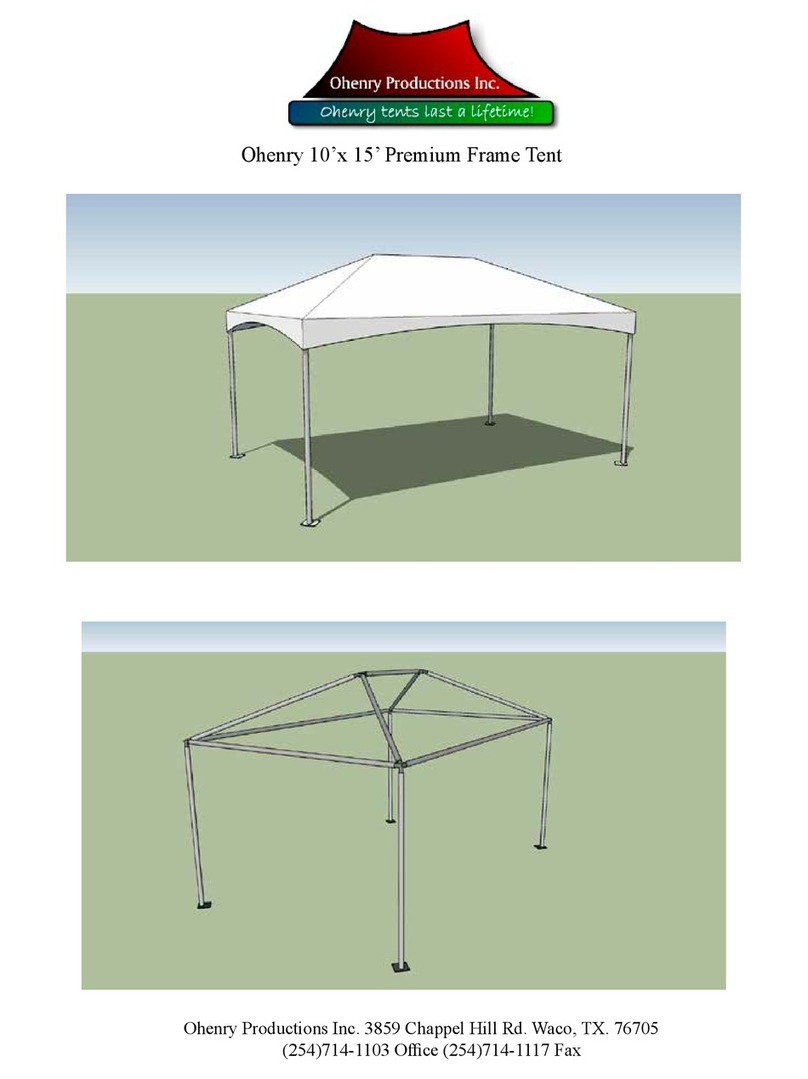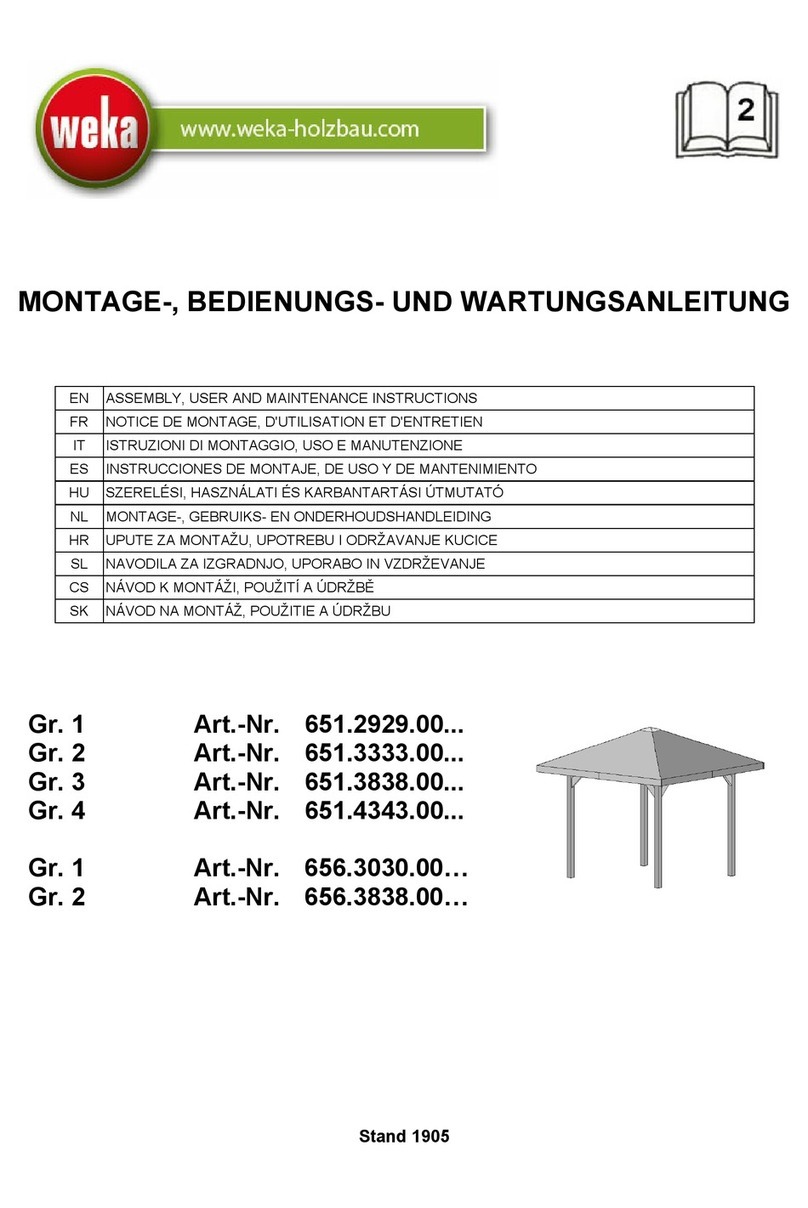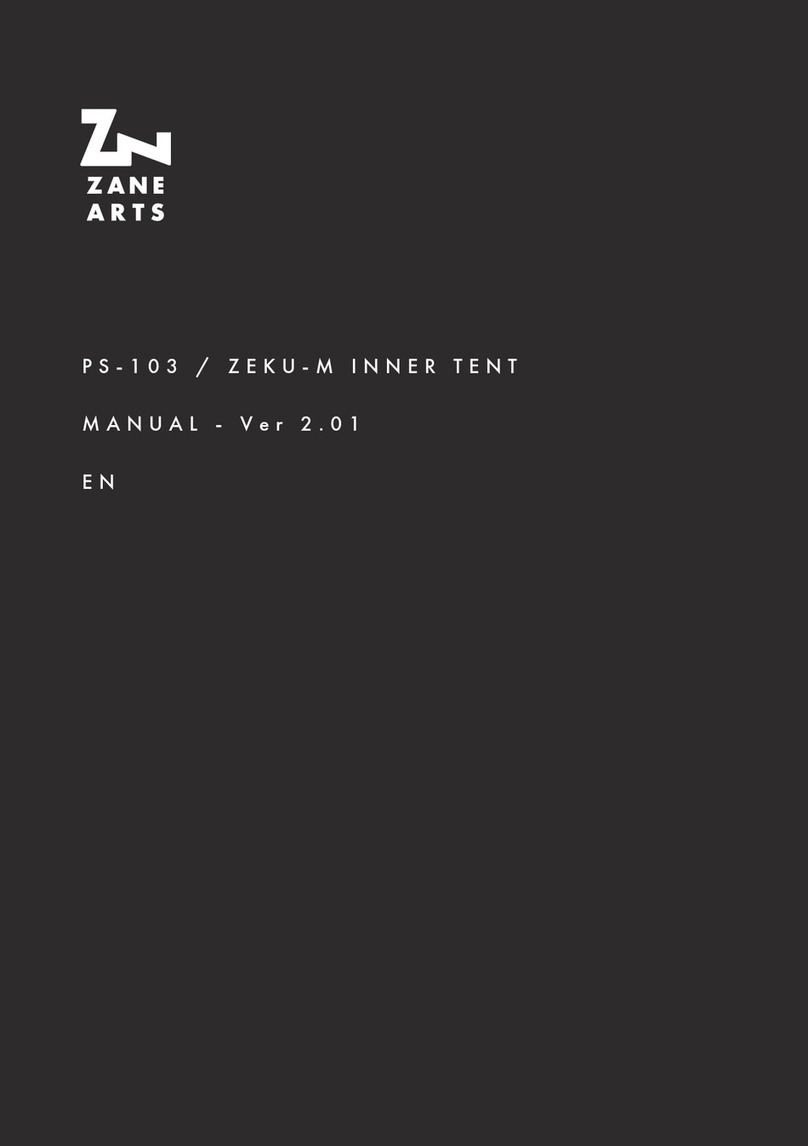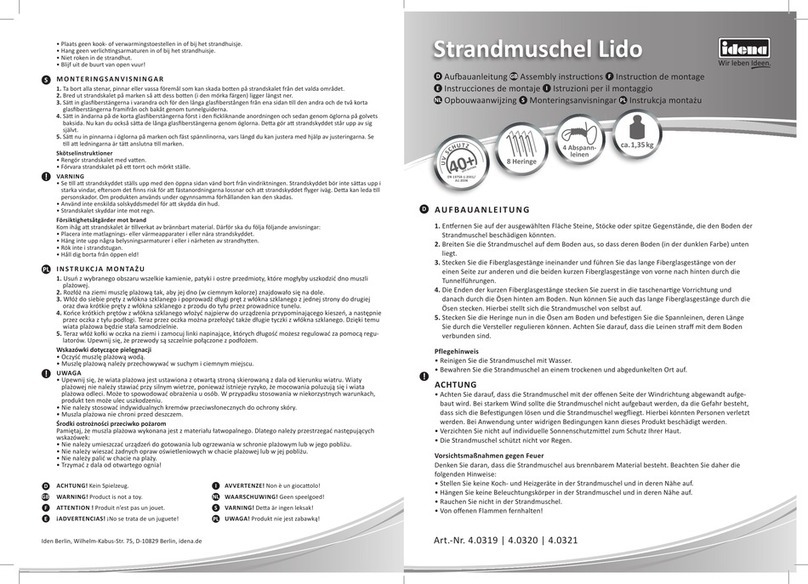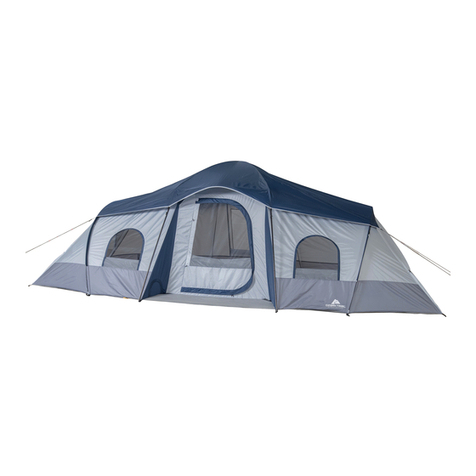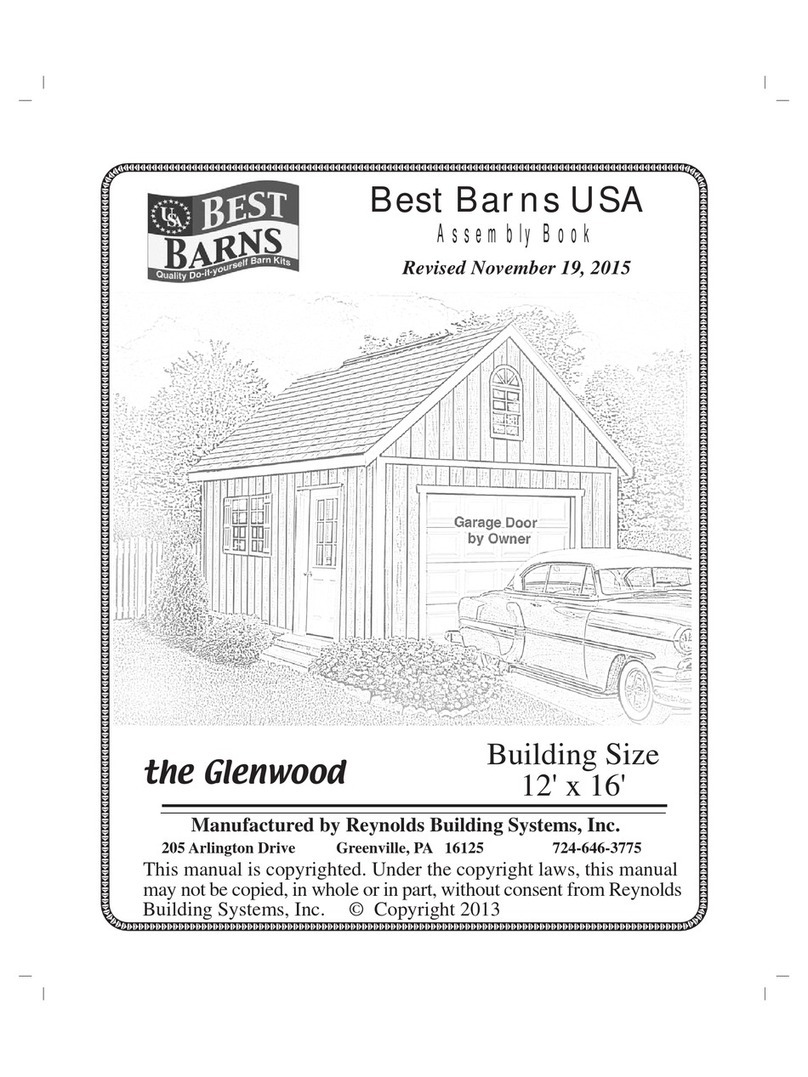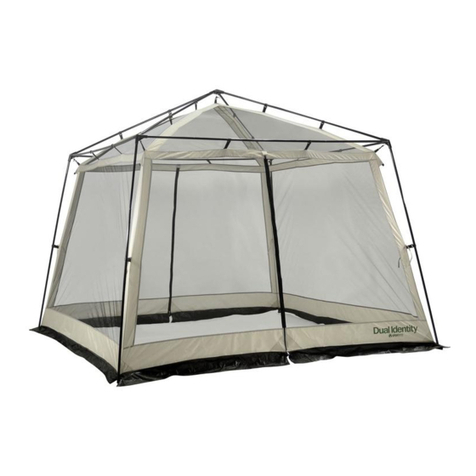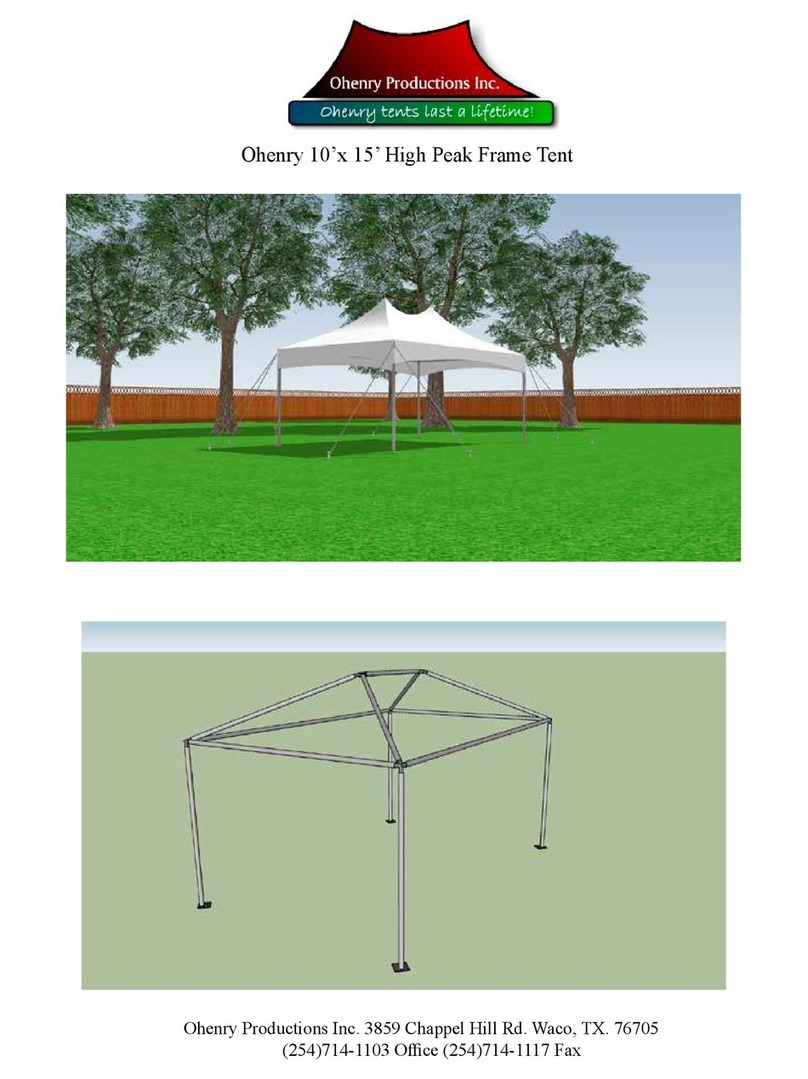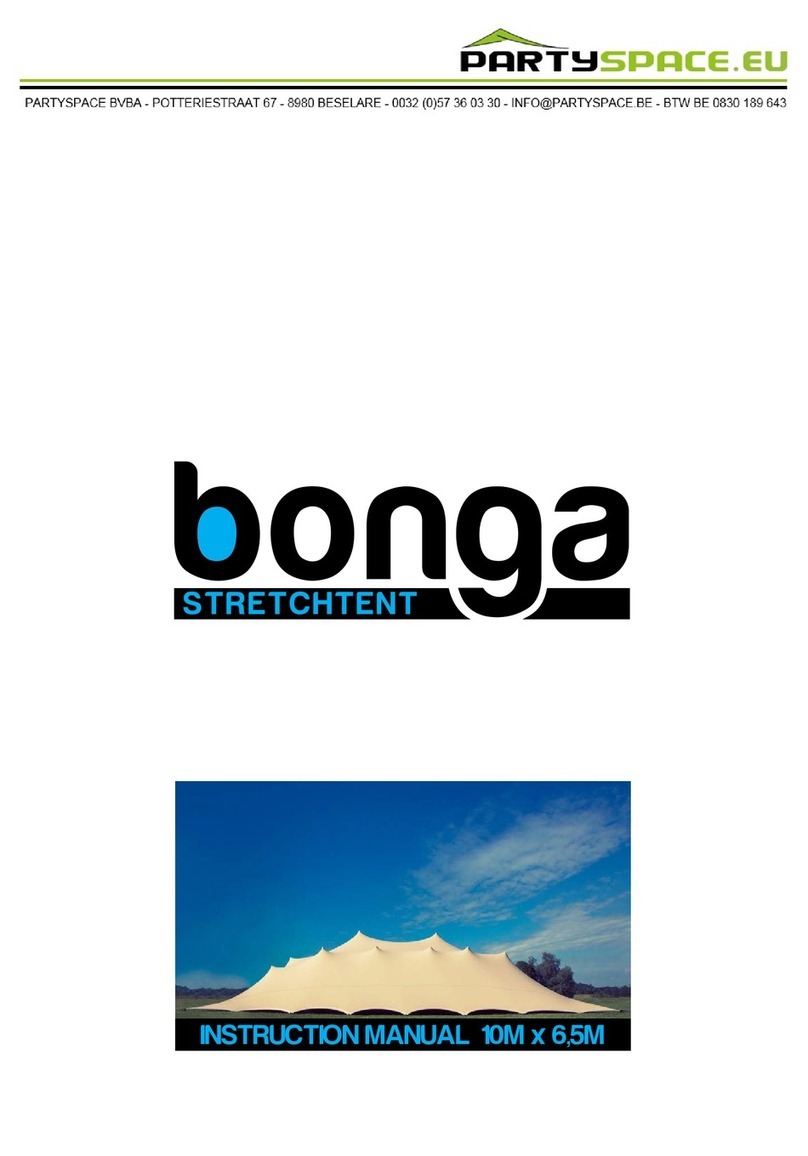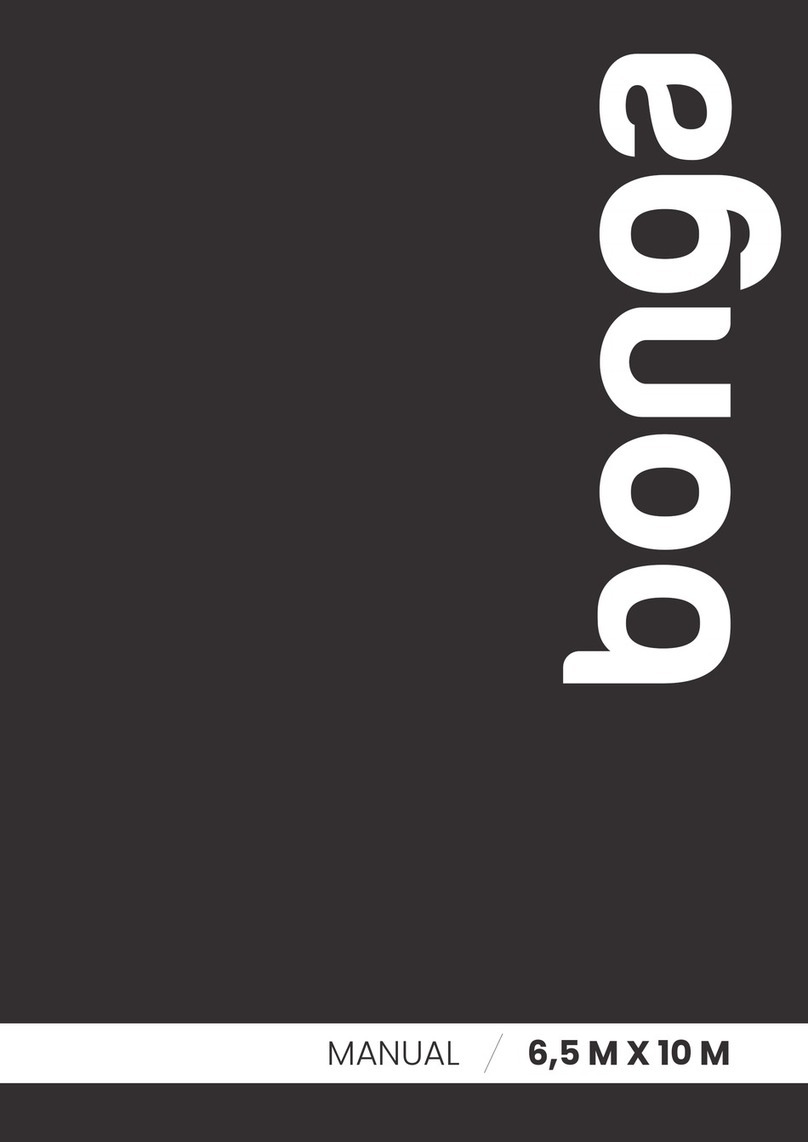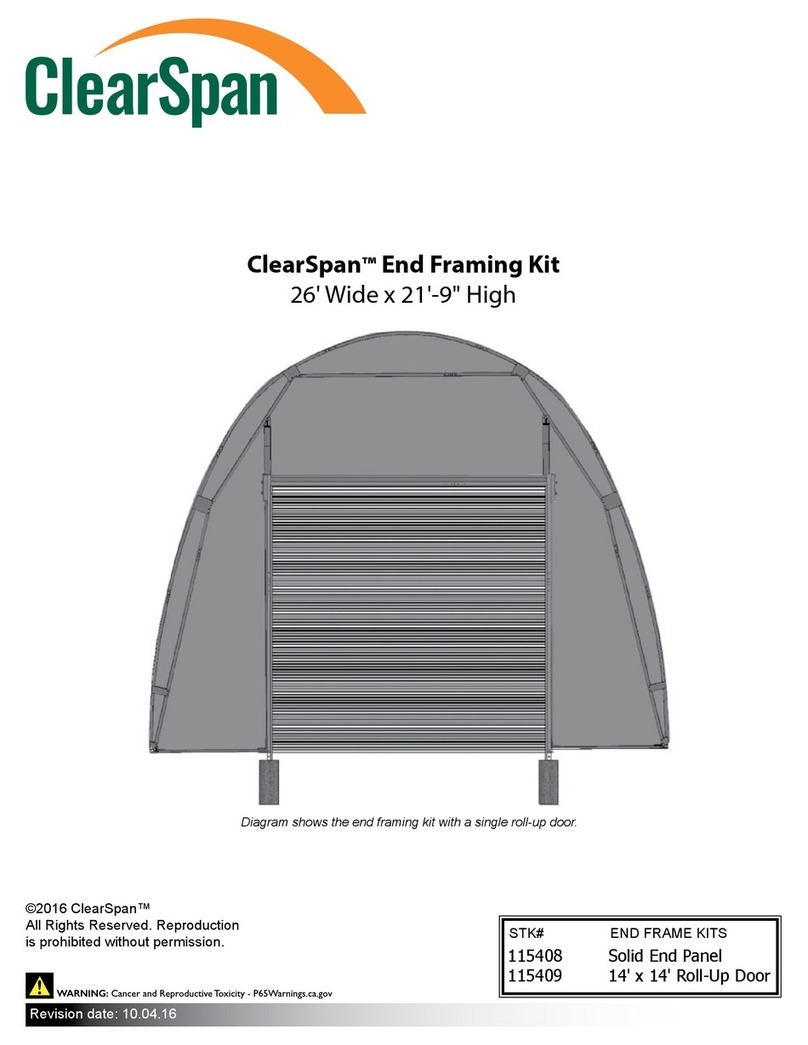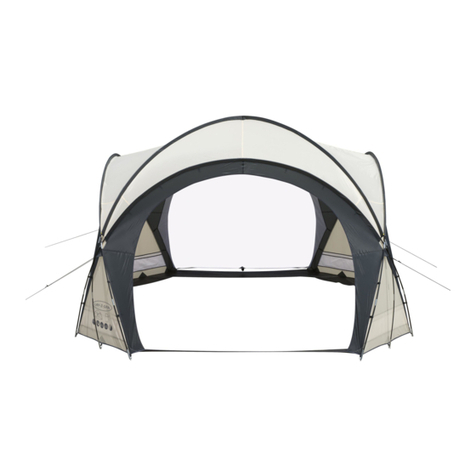
EN ..................................................................................................................................................... 4 - 17
Important information ......................................................................................................................................................................... 4
Preparation ....................................................................................................................................................................................... 5 - 9
Step-by-step plan ...................................................................................................................................................................... 10 - 17
Storage & cleaning .............................................................................................................................................................................. 17
Garantee & repairs .............................................................................................................................................................................. 17
NL .................................................................................................................................................... 18 - 31
Belangrijke informatie ....................................................................................................................................................................... 18
Voorbereiding ............................................................................................................................................................................... 19 - 23
Stappenplan ................................................................................................................................................................................. 24 - 31
Opslag & reiniging .............................................................................................................................................................................. 31
Garantie & herstellingen .................................................................................................................................................................. 31
FR ................................................................................................................................................... 32 - 39
Informations importantes ............................................................................................................................................................... 32
Préparation ................................................................................................................................................................................... 33 - 37
Plan par étapes ......................................................................................................................................................................... 38 - 45
Stockage & nettoyage ....................................................................................................................................................................... 45
Garantie & réparations .................................................................................................................................................................... 45
DE ................................................................................................................................................... 46 - 39
Wichtige Informationen ................................................................................................................................................................... 46
Vorbereitung ................................................................................................................................................................................. 47 - 51
Schritt für Schritt ....................................................................................................................................................................... 52 - 59
Lagerung & Reinigung ....................................................................................................................................................................... 59
Garantie & Reparaturen .................................................................................................................................................................. 59
ES ................................................................................................................................................... 60 - 73
Información importante .................................................................................................................................................................. 60
Preparación .................................................................................................................................................................................. 61 - 65
Esquema paso a paso ............................................................................................................................................................. 66 - 73
Limpieza y almacenamiento ...........................................................................................................................................................73
Garantía y reparaciones .................................................................................................................................................................. 73




















